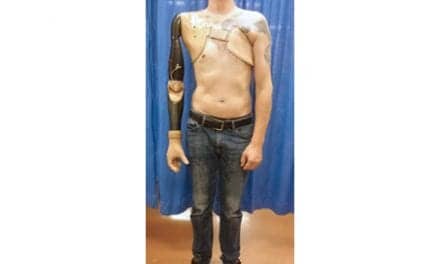Authors of a recent study point out that there is no dedicated guidance on the management of concussion in Paralympic sports, and that the SCAT5 concussion assessment tool has not been adopted for use among Paralympic athletes.
“For the Para athlete, the International Paralympic Committee’s (IPC) term for a sportsperson with an impairment, the concussion debate struggles to garner attention,” state the authors, in their study, published recently in British Journal of Sports Medicine.
Para athletes are just as vulnerable to concussion as any able-bodied sportsman/woman, and there are several competitive sports, which, due to the speed of play, impact potential, and lack of protective equipment, make them particularly vulnerable, according to the study, in a media release from BMJ.
The SCAT5 concussion assessment tool has not been adopted among Paralympic athletes because elements of the tool simply aren’t suitable for competitors who are paraplegic, amputees, or those with known communication difficulties or cognitive impairments.
And while sport-specific risk factors for concussion have been identified, prompting recognition of the issues by International Federations, “There is no mandate for change,” the authors add.
“It is time for the clinical and research community to put their heads together—figuratively—to help address this important but poorly understood issue,” the authors conclude.
“For this to be successful, urgent focus on Para athletes is needed within the broader academic and public discourse on concussion. No longer a population on the sidelines, Para athletes deserve our attention, focus and resources. The time is now.”
[Source(s): BMJ, Science Daily]




